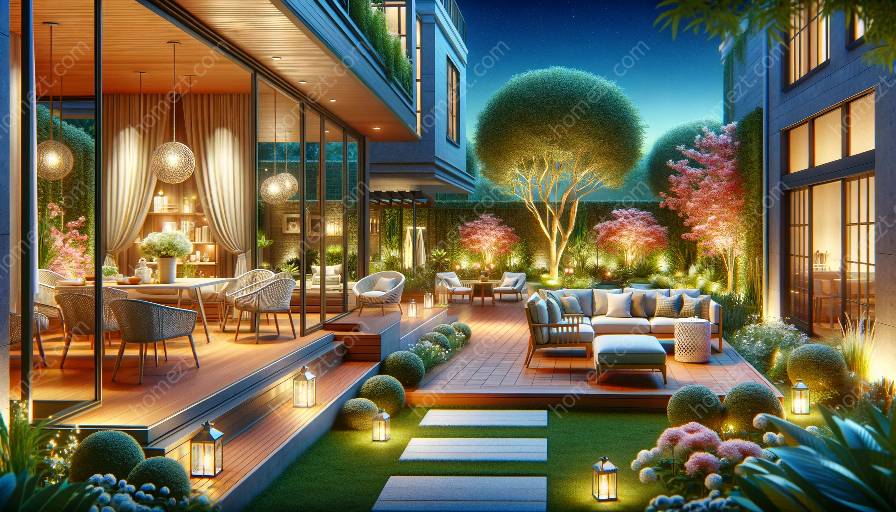Local biodiversity is heavily influenced by garden design, and creating outdoor living spaces that support native flora and fauna is essential for a sustainable environment. Interior design and styling can also incorporate elements of garden design to promote a harmonious connection with nature.
The Role of Garden Design in Local Biodiversity
Garden design plays a crucial role in influencing local biodiversity. By carefully selecting plants and incorporating eco-friendly design elements, gardeners and homeowners can create sustainable outdoor living spaces that contribute positively to the local ecosystem. The choices made in garden design can significantly impact the abundance and diversity of local wildlife, including birds, insects, and mammals. Through thoughtful planning and implementation of sustainable garden practices, individuals can foster a thriving environment for both plants and animals.
Promoting Wildlife Diversity through Garden Design
When designing outdoor living spaces and gardens, it's important to consider the specific needs of local wildlife. By selecting native plant species that provide food, shelter, and nesting opportunities, gardeners can attract and support a diverse array of wildlife species. Additionally, incorporating water features, such as birdbaths and small ponds, can further enhance the ecological value of the garden, attracting amphibians and beneficial insects.
Other impactful design choices include creating natural habitat areas, such as wildflower meadows and grassy zones, which can serve as vital sources of sustenance and shelter for a wide variety of local fauna. By allowing the garden to embrace its natural elements, individuals can significantly contribute to the enhancement of local biodiversity.
Eco-Friendly Practices in Garden Design
Utilizing eco-friendly practices in garden design is essential for promoting local biodiversity. This includes implementing sustainable gardening techniques, such as composting, organic pest control, and water conservation measures. Minimizing the use of chemical fertilizers and pesticides not only benefits local wildlife but also helps to create a healthier and more balanced ecosystem.
Furthermore, incorporating elements of permaculture and creating wildlife-friendly garden features, such as insect hotels and bird boxes, can have a positive impact on the overall biodiversity of the area. These practices contribute to the creation of resilient, self-sustaining ecosystems within outdoor living spaces.
The Connection to Interior Design and Styling
Interior design and styling can also benefit from the principles of garden design to promote a connection with nature. Bringing elements of the outdoors inside, such as houseplants and natural materials, can create a harmonious and tranquil living environment. Additionally, incorporating sustainable and eco-friendly design choices can further amplify the positive impact on local biodiversity by reducing the overall ecological footprint of the household.
By aligning interior design with the principles of sustainable garden design, individuals can create cohesive living spaces that reflect a deep appreciation for the natural world. Implementing elements of biophilic design, such as large windows to allow natural light and views of the garden, can further strengthen the connection with nature and support local biodiversity even within the confines of indoor spaces.


























